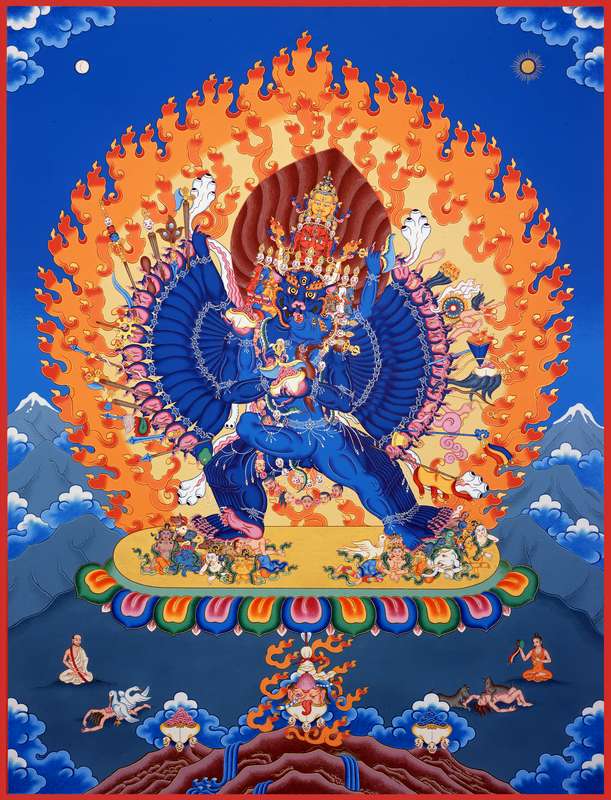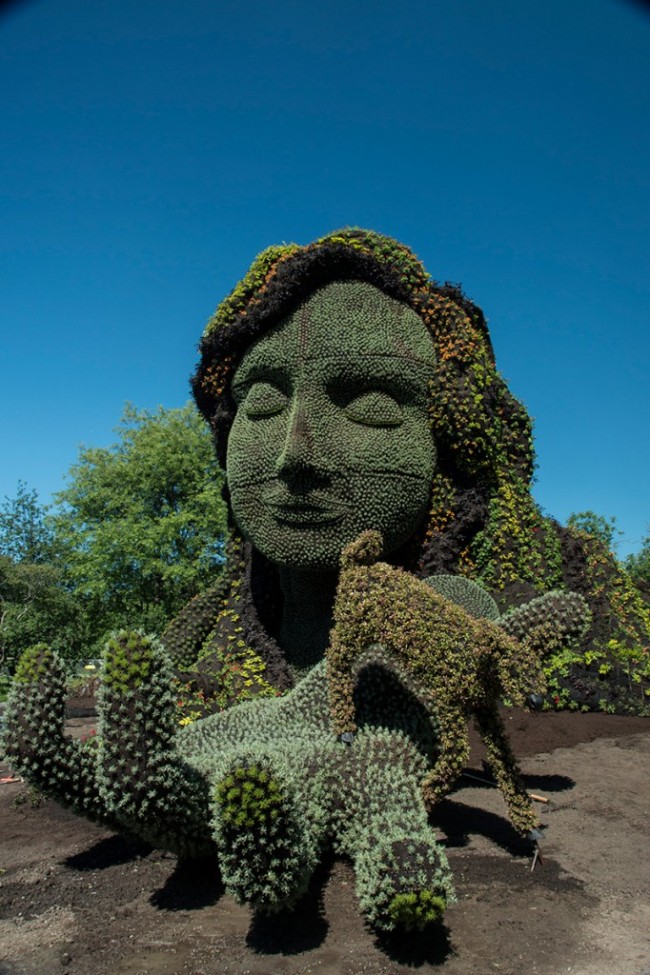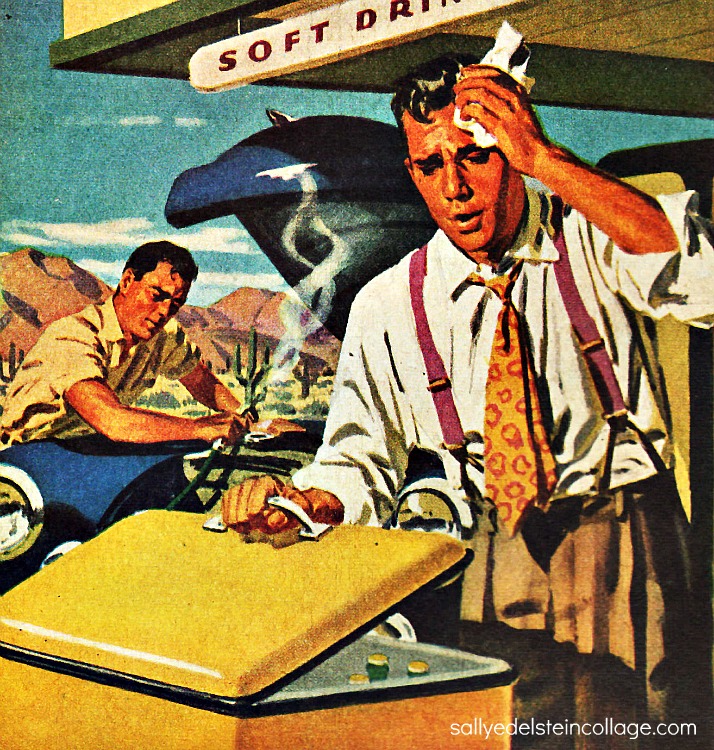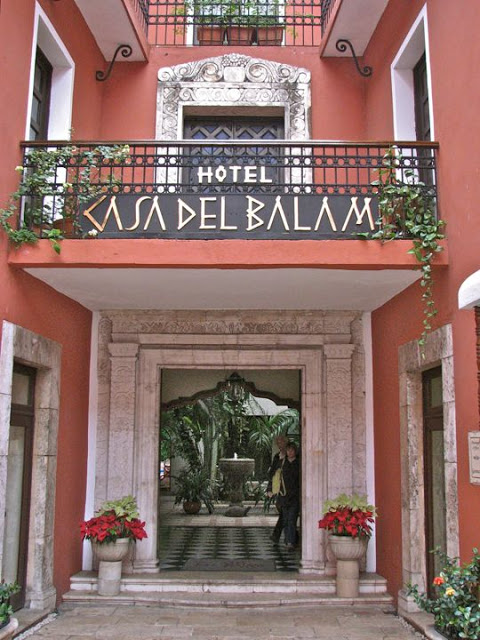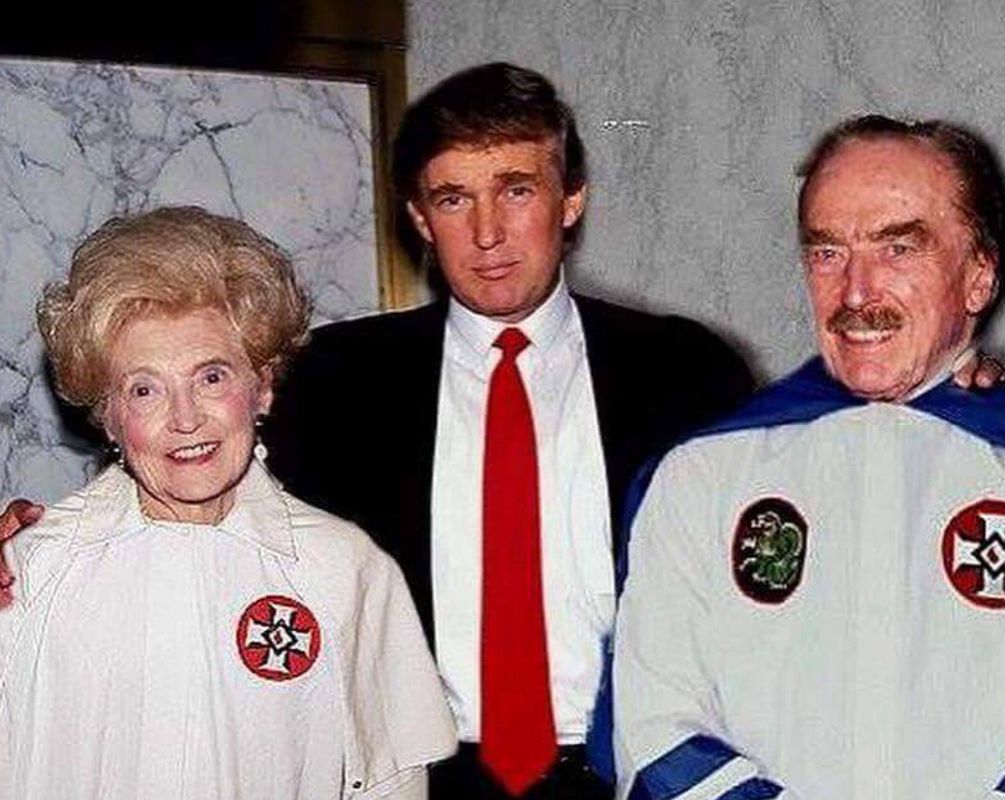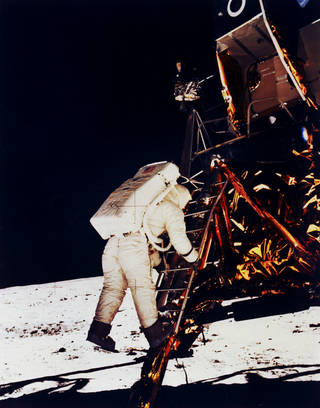Fall (last day of) and the Fallow Season Moon
-8. That’s right. -8 degrees here on Shadow Mountain, the day before Halloween. In October. We’ve had a taste of Minnesota winter the week before Halloween.
Been changing my morning routine a bit. Read an article that said the first three hours of your day are the most important. Mine starts between 4 am and 4:30 am. I wake up, the dogs get restless, Kep rolls over for a tug and tussle. Gertie comes up to check that I’M REALLY GETTING UP. Gives me a quick kiss to be sure. Rigel raises her head, looks at me. She requires a personal request to get out of bed.
That first half hour is dog feeding, getting the newspaper, and, on Wednesdays, today, taking out the trash. The trash has to be wheeled out through whatever has fallen on the driveway. Some snow today, not too bad.
One of the containers, the green one for recycling, testifies to America’s changed economy. It’s filled with cardboard from Amazon orders, Chewy dogfood boxes, boxes from Kate’s tube feeding supplies. Each home is now a shipping and receiving depot with the resulting obligation to handle no longer needed shipping materials.
After this work finishes, I go upstairs in our garage, to my loft, a 900 square foot space filled with books, art making supplies, exercise equipment and my computer desk. Over the last 14 years the first thing I’ve done in the morning is read e-mails, then write Ancientrails. That’s what I’d call a habit.
But, when learning is needed, the teacher appears. A writer whose blog I sometimes read suggested the first three hours make your day notion. He was making the common millennial complaint about spending too much on social media: facebook, instagram, snapchat, tiktok, whatever the latest is. That’s not me, but I took his point.
Ready for a change I switched up. First, back to meditating. Having done that on a regular basis in a long while. Goal is for 20 minutes. Up to 10 this morning. Then, I read. I’ve been wondering about why I’m not reading more. Oh, I read science fiction, the occasional novel, Tears of the Truffle Pig right now, but serious reading has become a difficult task. Fitting it in. Being able to sustain attention. Turns out the early am is wonderful for that kind of attention.
Reading this morning in the Beginning of Desire, by Avivah Gottlieb Zornberg. Subtitle: reflections on Genesis. She’s amazing. A new thing under the sun of biblical commentary. Her method, which I’ll write about here at some point, is so subtle, so profound, so intimate, and very learned. I got hooked on her by plucking a book of hers somewhat by random off the library shelf at CBE. I opened, read a couple of sentences, and knew this was genius. Not a term I use lightly.
That was a year ago during the High Holidays, Yom Kippur, and Rabbi Jamie had just finished the whole High Holidays. A lot of work. He sank into the chair next to me. Nobody else there. All had left.
I enthused about Zornberg. He brightened. Yes, he’d met here. Yes, she was the best Torah commentator, maybe ever. He and his brother Russ, a Dead Sea Scrolls scholar, and professor at Regis University in Denver, who lives in Evergreen, had talked about a joint class using one of her works, a series of essays on biblical interpretation. Hasn’t happened yet, but when things normalize here, I’m going to see if I could give the idea a boost.
Anyhow, I got into her this morning and combined with some other thinking I’ve been doing, got into a revery about myth, fairy tales, long books, the true anchors of my inner life. This is my work, my lifelong work and fascination, the attempts we humans make to discern the occult, the hidden, the other world, the that beyond the this. This is my heart’s labor. Politics was reasons labor, fueled by the heart, too, of course, the misery of oppression, but calculating, power oriented, perhaps a diversion?
I’m writing this now, an hour and a half later than I would have in the past 14 years. So, changes. More to come.



